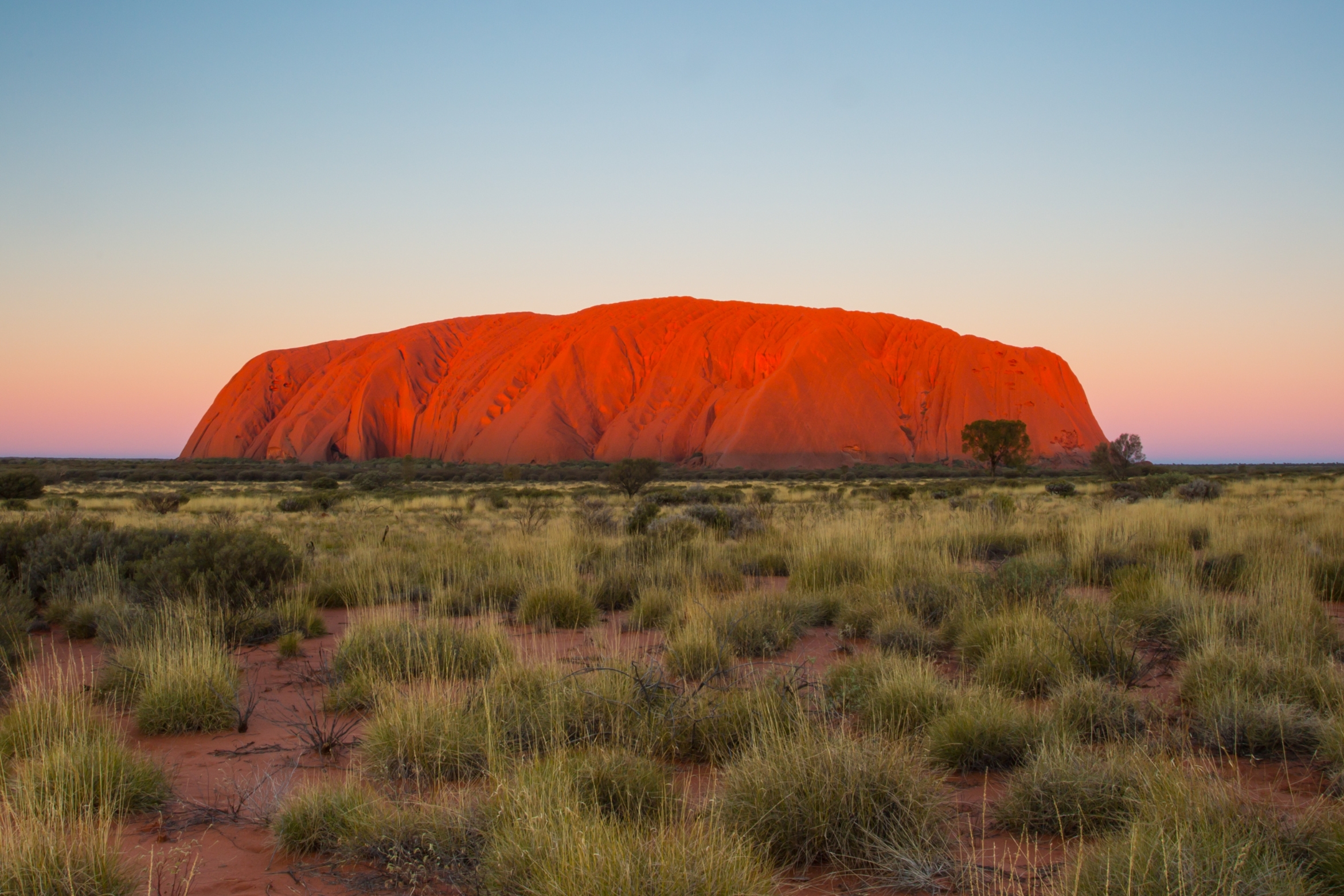INTRODUCTION
Geotourist offers GPS-led audio tours created by a diverse range of contributors, including local experts, cultural institutions, and passionate travelers. In 2021, the app was recognized as a ‘One to Watch’ at the World Travel Market Responsible Tourism Awards.
In this blog post, Geotourist founder and CEO Shaon Talukder shares insights into the app’s innovative approach to storytelling and travel.
Q & A WITH SHAON TALUKDER OF GEOTOURIST
Note: The following responses have been edited for brevity while preserving their original intent.
ABOUT GEOTOURIST
Thank you for taking the time to chat with us, Shaon. First question: Can you tell us a little bit about Geotourist?
Geotourist is your personal guide to the world.
If you remember the first iPod, the slogan was ‘1000 songs in your pocket’. Geotourist is like having a world of travel experts in your pocket, as and when you need it.
So when you arrive in a place and you don’t know what’s around you, you just use your phone to unlock all of this knowledge that other people have shared on the Geotourist platform.
We have two types of users: travelers who access the content and use it to learn about the locations they visit, and storytellers, the people or institutions who create the guides and share their knowledge with their audiences or followers. We’re a free platform for both users.
Can you tell us a little bit about yourself and your role within Geotourist?
I’m founder and CEO, and I have another two co-founders. But the team is now bigger, we’ve got people within the development side, and we’ve got people within the biz dev side as well.
THE GEOTOURIST ORIGIN STORY
What drew you to the idea of Geotourist?
One of my wife’s friends was getting married in Australia.
I had actually set up a service property business with my sister, and we were busy growing that.
I said to my wife, “I can barely afford the time to go out and leave my sister with everything, I can’t go for too long”. But we agreed to go. We went to Australia for just over a week.
My wife had always wanted to see Uluru [formerly known as Ayer’s Rock], so we tacked on 24 hours to go to Uluru, since it would have been a shame to travel all that way and not to see it.
We felt the best way to make the most of our experience was to get a tour guide: a really knowledgeable, local expert who understands the history and significance of Uluru and could tell us about it.
So we went on to TripAdvisor. We looked up guides for Uluru, and there was this one guy who kept on getting amazing reviews. People said, “Five stars. This guy lives and breathes the rock. He brings the rock to life”. And so we thought, “Okay, this is the guy we need to book”.
We had booked the tour to happen at sunrise. The guide takes you from location to location and tells you the story around it. And the idea is that you walk around the rock, and as the sun comes up, the rock changes color. It goes from a deep, dark, blood red, all the way to a golden color. So the whole rock transforms during the tour. It’s visually stunning.
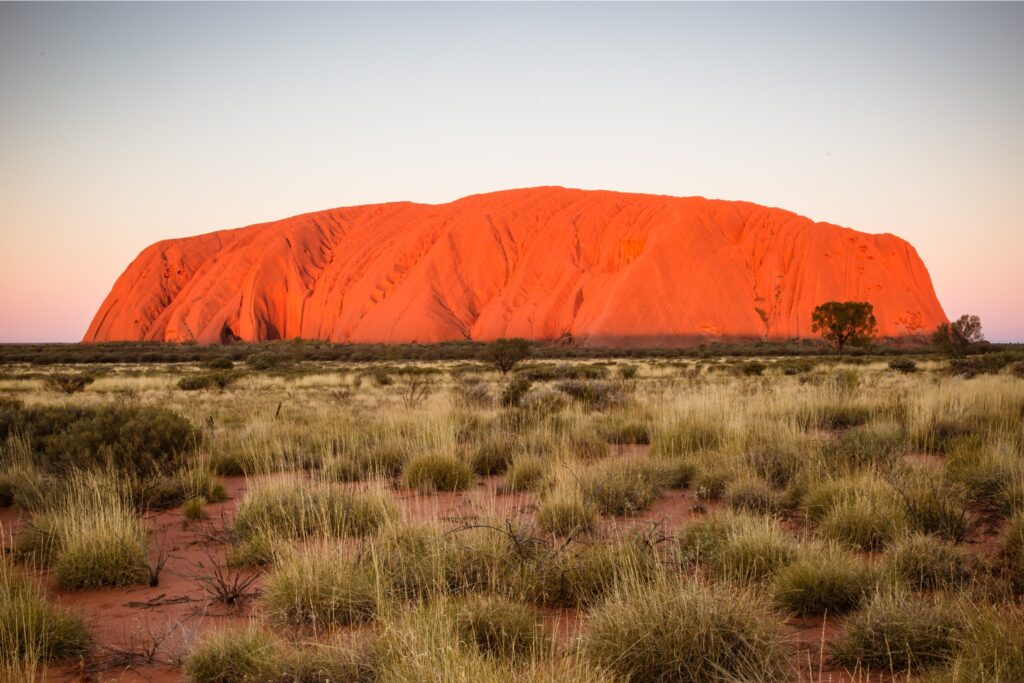
We went to the tourist office, (which was basically a portacabin, because it’s in the middle of a desert).
We said, “We booked to do the tour with this guide.” And then they said, “Oh, I’m afraid it’s his day off. But don’t worry, we’ve got somebody else who can take you.”
So another guide took us around the rock. But as we came to the end of it, I thought, “Everything looked amazing. But it wasn’t a five star experience.” I didn’t feel like I got my money’s worth.
And so I was curious. I thought “Could that be due to the storyteller? Does the other guy really have that much more depth of knowledge that it transforms people’s understanding of the place?”
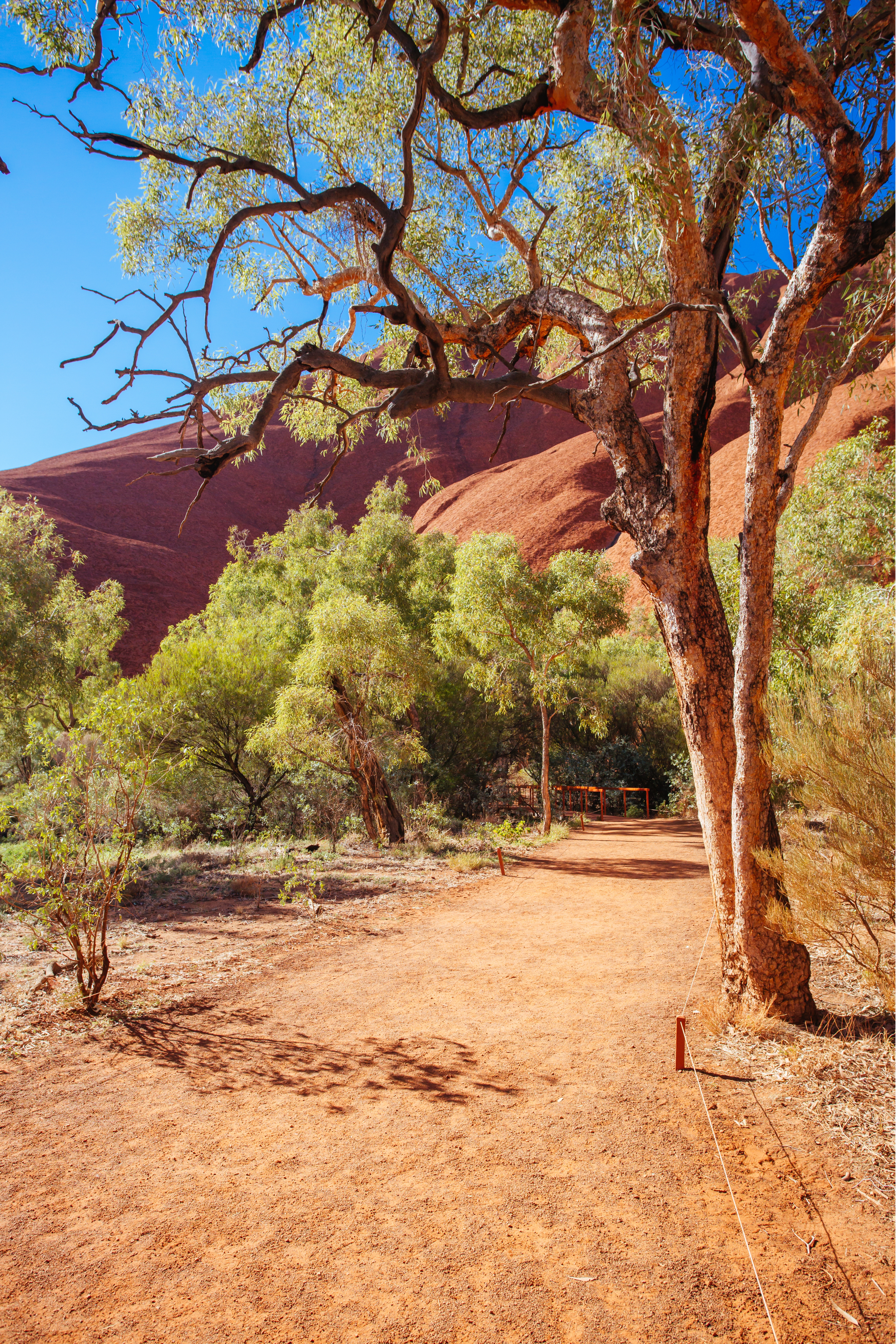
And then I thought, “Wouldn’t it have been amazing if he had left his voice on the map, so that when I arrived in a location, his voice would come up and start talking to me and telling me the story, in his own way, with his own depth and knowledge?”
And that’s where the inspiration behind Geotourist started. I thought, “The next time I travel, who’s to say I won’t pay, and then have the same negative experience? Wouldn’t it be amazing if there was a platform for the whole world, where everyone can share their stories in one place, and travelers like me can learn from local experts.”
I thought, “Someone must have built something like this”. But they hadn’t. So I pitched the idea to my two now co-founders, who came on board at that stage. And we’ve gone on from there.
And just out of curiosity, did you ever get to hear that tour guide whose day off it was? Did you get him on Geotourist?
Years later, when we had a team, I said, “Can you see if you can find out who this guy is?” Because obviously, that’d be a nice way to close the loop.
And we did try to reach out to the person who we thought it was, but we didn’t get any response. Other people, based in Australia, have also tried to connect, but that hasn’t yet happened. Now we’re in over 80 countries, with stories all around the world, but we haven’t got his story yet. I’d love put it on the platform.
GEOTOURIST THROUGH THE LENS OF RESPONSIBLE TRAVEL
For the traveler who wants to travel more responsibly than they have in the past, how does Geotourist fit with Responsible Travel?
One problem in many destinations is overtourism: busy, overcrowded locations. But people tend to go to the things they know about. So in some locations, you’ll have an overtrodden path where too many people are going down a certain road, and that’s having a negative impact on the local environment.

The question then becomes how to make accessible the information that will help inform the traveler about all the other stuff nearby?
We work with a wide range of storytellers. And that includes heritage and cultural organizations, and organizations dedicated to the preservation of nature.
So what the organizations want to do is: first, to advocate for travelers to be mindful of routes that are overcrowded, and secondly to provide them with an alternative route. That’s an area where we provide really good solution. We may work with several stakeholders to map various different trails for the visitors.
In the UK, you have organizations like The National Trust, you have Historic England. We’ve worked with both of them. In Scotland, we’ve worked with Historic Environment Scotland.
Also, with the platform that we’ve created, the organizations get the data and feedback to understand if people are taking that route or not.
So the people within the organization who need to understand what visitors are doing get useful information that helps them learn if their advocacy is working, or if they need to create other types of interventions.
Because we’re a platform that allows lots of different organizations to put content on the map, we can connect places nearby to each other. And the advantage of that is: say you have an area that’s highly overcrowded, but there’s content on the platform about an overlooked location that’s not too far away. You can actually encourage people to check out the less-busy areas.
Because of this, we’ve been cited by a couple of different agencies, like in Euromonitor International and Visit Britain, as a solution to overtourism.
Another advantage for the destinations is that, using insights and data, we can see that consumers who are interested in independent travel and heritage, for example, are actually going to location X instead of location Y. That is really useful when you’re trying to develop your services on the ground.
Geotourist was named ‘One to Watch’ at the World Travel Market Responsible Tourism Awards in 2021. Can you tell me about that?
That was for work we did with Historic Environment Scotland. We did a project with them where we mapped the Royal Mile, which is the busiest street in Edinburgh.
At the top end of the Royal Mile, you have the castle, and at the bottom, you have Holyrood Park.
Visitors tend to congregate towards the castle. So you have a very narrow street with thousands and thousands of people all crowding around, and very few make it down into the park.
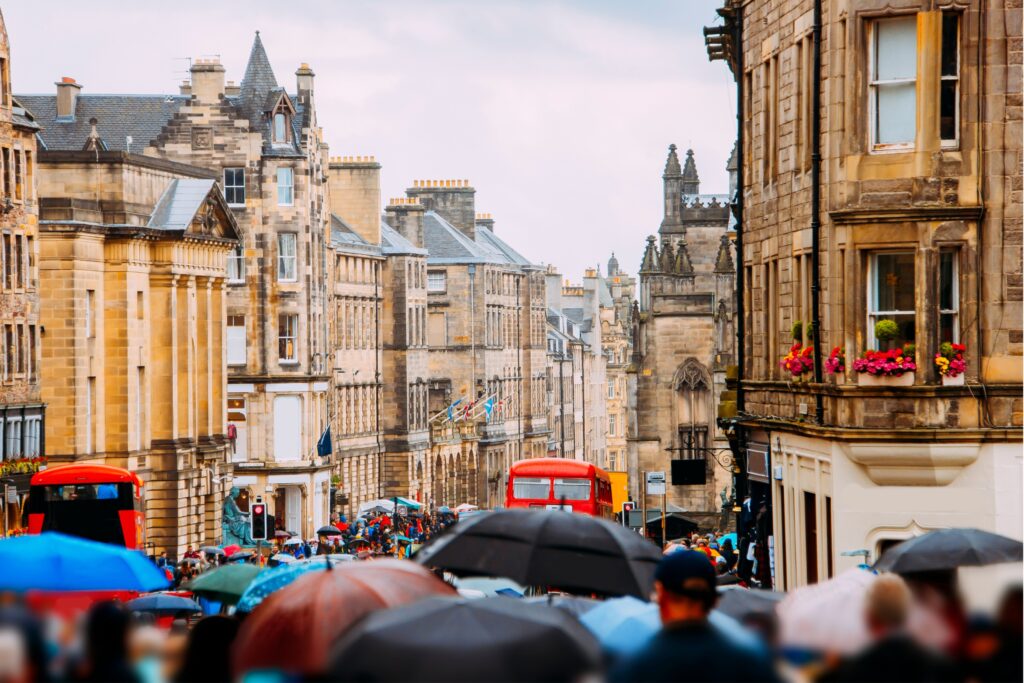

Historic Environment Scotland wanted to see if we could encourage some of those people to go towards the park.
But what won us the award was that it was the first time we introduced data into the equation.
Because one important thing: while Holyrood Park does have park rangers who come and go when needed, it is not actively manned with lots and lots of people on the ground.
We created a guide for people to experience the park. And when we looked at the data, we found that beyond a certain point, there was a drop off. People weren’t going through the tour beyond that point.
So the question was why? The rangers went to explore that point in the guide. And they found that there was a rock obstructing the pathway.
With that knowledge, they were able to do an intervention. They introduced some signage
to say, “This is how you can get around the obstruction, so that you can continue your journey.” And once they did that, then we saw the data pick up on the latter part of the trail.
That was what won us the award, because it was the first time you could demonstrate that you can manage an unmanned resource using data in a much more efficient, effective way.
In what ways does Geotourist support social sustainability and economic sustainability, and in particular for local guides and businesses?
In terms of social sustainability, communities can utilize the technology to share their own stories and amplify their own voice. That goes back to Geotourist’s core mission, which is about preserving human stories.
In terms of the economics: Storytellers are able to create a ‘leave a tip’ button on their tour. If people like the tours that they’re doing, it’s very simple to just hit a button and then leave a tip or donate to the storyteller.
So if the stories resonate, if the tours gather traction and get massive reach, then a portion of those may convert into tips and donations to the storyteller.
On the destination side, we help them understand visitor flow, and use that data to better understand their visitors. We’ve harnessed a lot of data about why people visit and what makes the place worth visiting.
That allows you to then say, “Okay, well, we know what people come here for.” So with that knowledge, you may be able to invest in services around that area, knowing it will help to create more revenue.
And also, connecting the local area can encourage visitors to move from the hot spots to the hidden gems, and they will end up spending in those other locations. So you help distribute some of the spending to the other locations as well, not just the souvenir shops around the busy spots.

And building on that, because we’re uniquely positioned in terms of data, we’ve recently become a global partner of MasterCard. So we also understand the transactional element of the visitor experience.
Now, in terms of understanding the types of visitors that are coming in, we do it through a lens of not just what they’re interested in and why they came, but also what type of spending are they doing in the location.
So in terms of economic impact, we have a lot of really useful insights.
How does Geotourist help travelers discover eco-friendly destinations and activities that align with sustainable tourism practices?
We have a lot of content that is eco-focused. So nature trails, botany trails and plant trails.
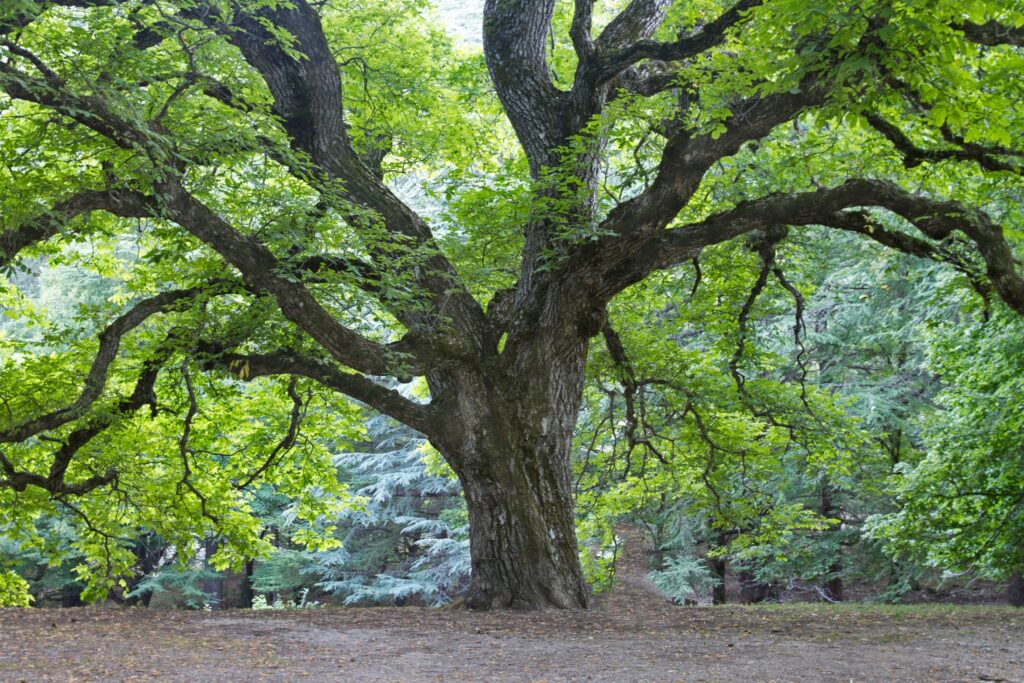
One of the things that we’re doing now is with our data platform, we’ve mapped a lot of our data variables to UN SDGs [Sustainability Development Goals].
As we’ve been going on our data journey, we’ve been looking at how we can support destinations to become much more sustainable. And we could map some of the data we were looking at directly to some of the sustainability goals.
This year, we’re hoping to share that back with the destinations, so that they can understand how they’re performing with respect to certain sustainability metrics. Then these destinations could benchmark against past performance, or against neighbours.
And then ultimately, the visitor will be able to see “This is an area where they do prioritize sustainability.” We’ve got a way to go before we get there, but that’s what we’re aiming for.
The next question is about cultural sensitivity. How does Geotourist ensure that its tours are culturally respectful and help preserve the heritage of the destinations?
That kind of takes care of itself, generally. Communities and destinations are made up of multiple cultures. Those communities can share their stories, and that’s hopefully reflected in the content that they produce.
Diversity is an issue in the travel industry. So how does Geotourist work to ensure that its content and platform cater to a diverse range of travelers, so that it reflects different ethnic backgrounds and languages and cultural perspectives?
We’ve worked with a lot of Black history partners. For example in the US, they have a celebration called Juneteenth. We created a tour with the Emancipation Park Conservancy based in Houston, telling the story of Juneteenth.
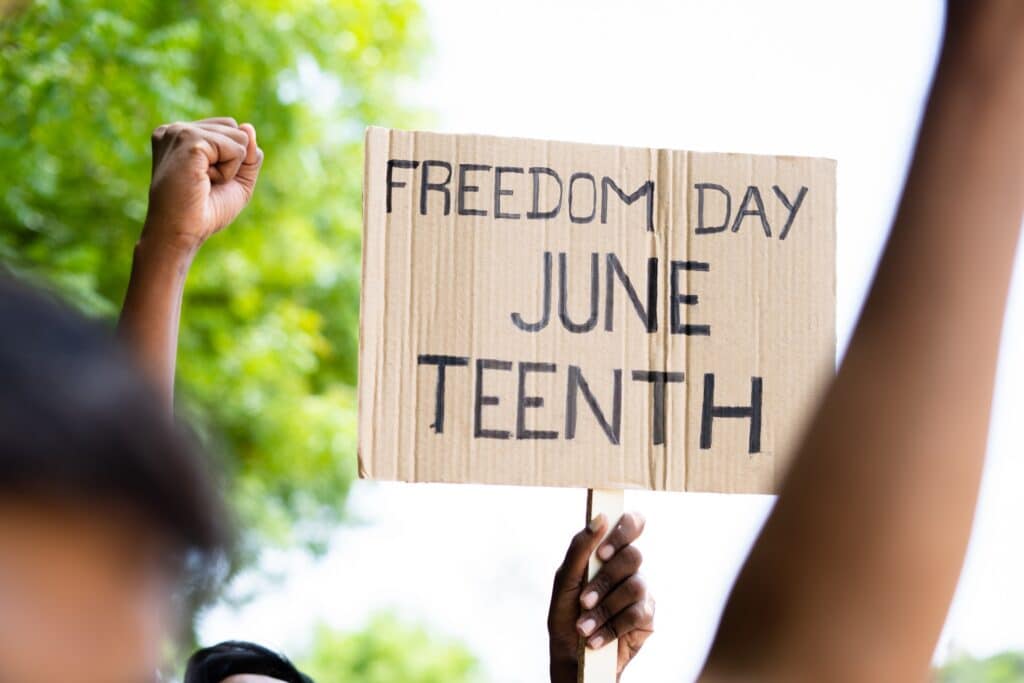
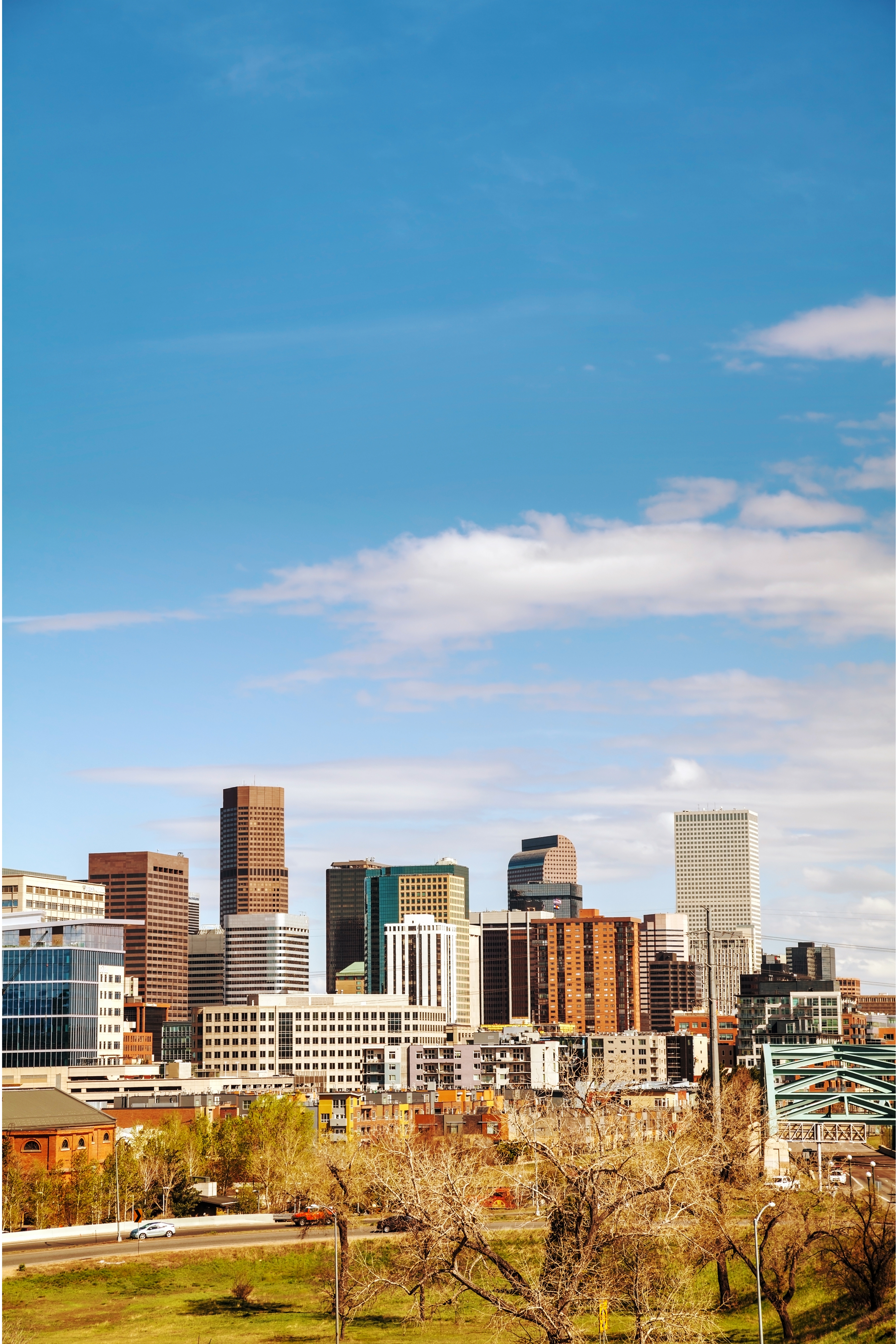
And lots of stories like that come onto our platform. We have a tour about the Green Book.
We’re quite happy to support a lot of cultural diverse stories from lots of different backgrounds.
And I think you did something in Denver for the LGBTQIA+ community?
Yes, we actually won a World Travel Market International Travel & Tourism Awards for Best in LGBT Travel for that. We beat a whole country.
In Denver, with the AARP [American Association of Retired Professionals], we created a trail about the history of the LGBT community, and their struggles throughout the decades. It was showing the locations where they would go, like speakeasies and safe houses.
HIDDEN GEMS
How can travelers use Geotourists to discover hidden gems that are off the beaten path?
So for example, in London, you have the top 10 things to do, like Buckingham Palace or St. Paul’s Cathedral. And of course we have content around those things.
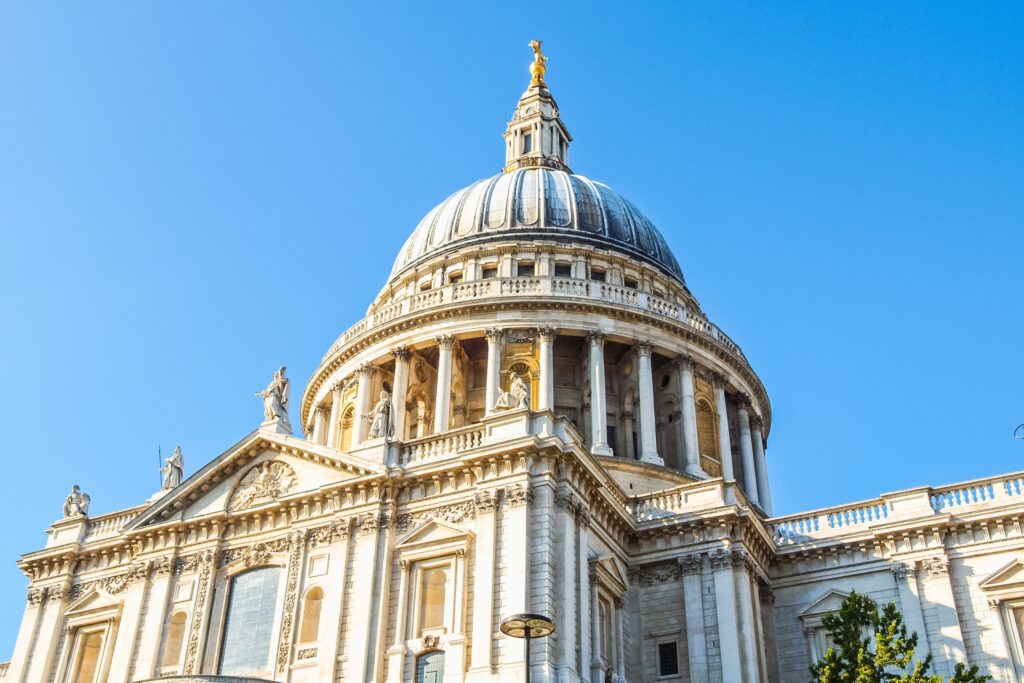
But also we have more niche things.
Like an the favourite places that Ian Fleming, the James Bond creator used to visit around London. Or a walk that takes you through 900 years of history in the neighbourhood of Farringdon.
So the idea is that, wherever you are, you can flick through the app to see what’s available in and around the area.
We now use Augmented Reality as well. So you can hold the phone up and have a look around, and you’ll see the things that are nearby you floating around. And whatever the hidden gem you’re interested in is, you can check it out before you go.
So it’s very much like having someone with you to whom you can say “I’m interested in doing something, here’s the types of things I’m interested in.”
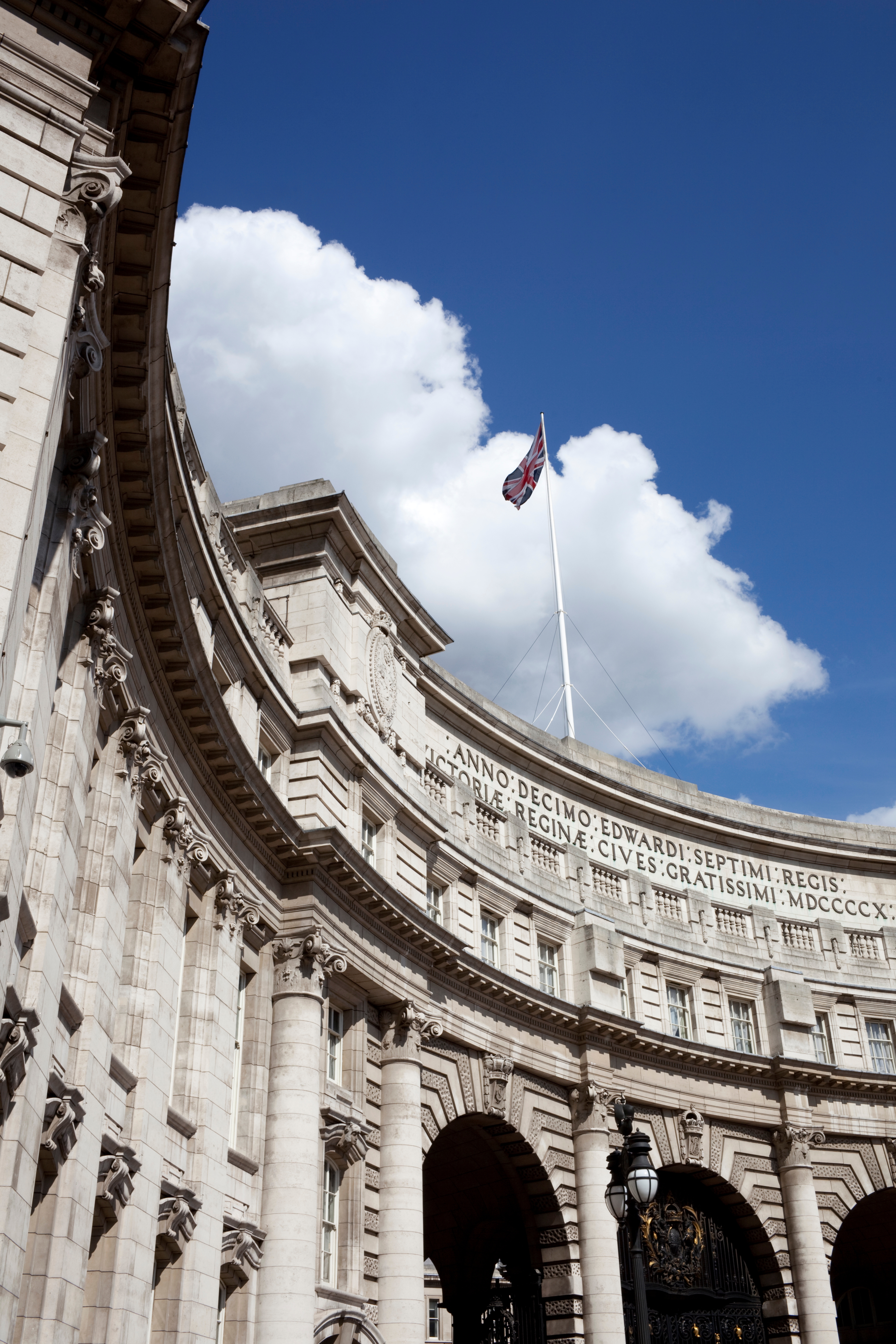
We have a green walk, for example. So if that’s your interest, you can search ‘trees’. Or you can just hold up your phone and see what’s nearby, and do whatever’s nearby.
KEY FEATURES AND BENEFITS
What are the key features and benefits of Geotourist for somebody who’s deciding to use the app for the first time? What would appeal to them?
First of all, it’s one app for the entire world. So as I mentioned before, we have content in over 80 countries. Some places more densely populated than others, but hopefully that’s going to continue to evolve and grow.
Secondly it’s free, so you don’t have to dip into your pocket to pay for the content on there. But if you like it, you may have the option to leave a tip or donate.
Third, it’s probably best in class, I would say, for the experience side of things. We’ve made sure that, while the stories are central to it, how you access them is as immersive as technology allows. Like I said, we’re using Augmented Reality now. We’re about to launch holograms, which is an exclusive thing that we do, and it further kind of creates that connection to a place.
HOW TO ACCESS GEOTOURIST
Where can storytellers or travelers find Geotourist?
I would go to Geotourist.com, or they can search for Geotourist on the Android and iPhone app stores.
And a lot of destinations use it already as well. We’ve even got celebrities on there, like a tour narrated by a Game of Thrones actor, and there’s a whole host of stories people might be interested in.
So they may come into it because of those other stories, and once they’re on the platform, they’ll see a world of other content on there.
About Shaon Talukder:

Photo: Dave Charnley Photography
Shaon Talukder is CEO and Founder of Geotourist, a travel social media platform.
With extensive experience in innovation for the leisure, travel, and tourism sectors, Shaon was recognized as one of the Top 10 Travel Entrepreneurs to Watch in 2023 by Entrepreneur Magazine.
His leadership roles include positions at the Tourism Management Institute, The Tourism Society, and The World Travel and Tourism Council.
Shaon’s vision for Geotourist is to preserve stories of people and places through immersive, GPS-guided audio tours, curated by locals, or by organizations and experts in history, art, architecture, culture and more.
Geotourist has received numerous accolades, including a being named ‘One To Watch’ at the World Travel Market London Responsible Tourism Awards 2021.
Shaon was also named a Travel Technology CEO of the Year in the CEO of the Year Awards 2024 by CEO Monthly magazine.


